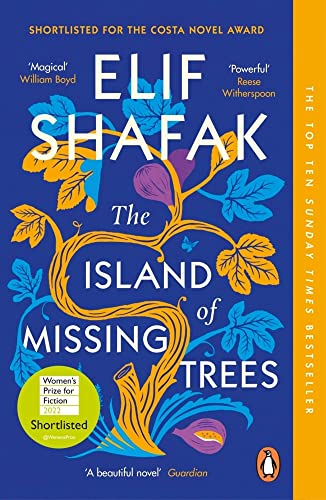Happy New Year! (It’s not too late to say that yet, despite being almost halfway through the first month of the year.) My first read of the year is John Wright’s book The Forager’s Calendar, a Christmas present from Mr Hicks. Last autumn, I took Mr H on a walk along our local canal to see how many of the blackberries I’d seen in their pre-ripened state during my solo summer walks we could pick for a pie. Sadly, the extreme summer heat had shrivelled most of the berries I’d seen. We gathered just enough for a pie. The flip side, though, was that in peering into the canalside hedgerows, we saw other things, including mushrooms and blackthorn. We came home with more sloes than blackberries, which we froze until we could pass them on to our friends who like gin.
As we walked, we talked about how, as children, we’d both been on family trips to forage for berries. I remember gathering wimberries (vaccinium myrtillus, also known as bilberries, whortleberries and blaeberries) on moorland around the Snake Pass between Glossop and Sheffield, and staining my fingers with their juices until I learnt not to squeeze when taking them from the plant. I loved those wimberrying trips, and the crumbles that resulted from them.
Wright opens this guide to gathering wild food and the things you can make from it with his own childhood memory of blackberrying which is very similar to mine. He also talks about something that I think about a lot, and more now than I did before the pandemic: the way in which we are losing touch with our natural selves.
Continue reading →



